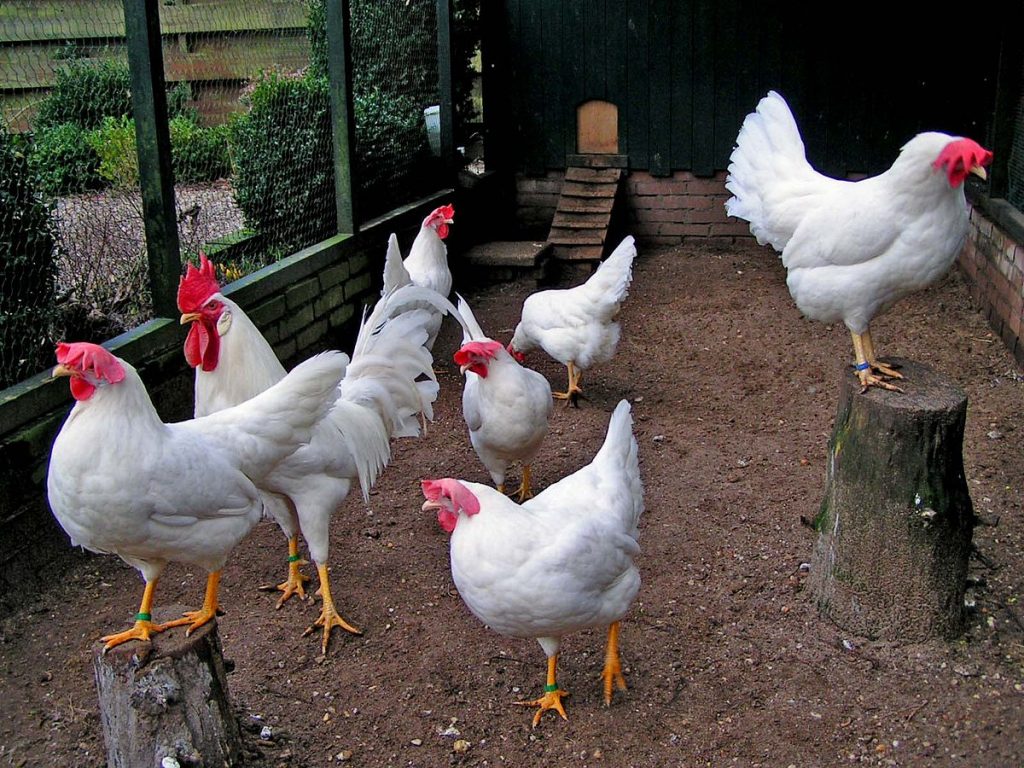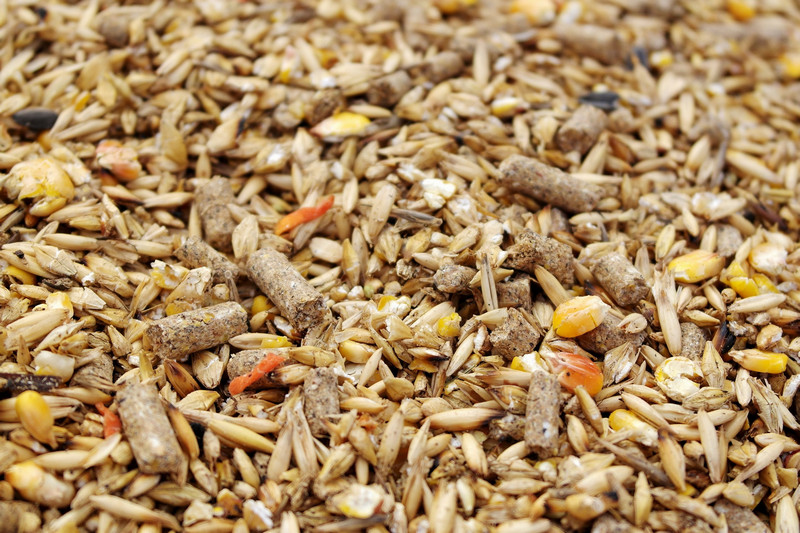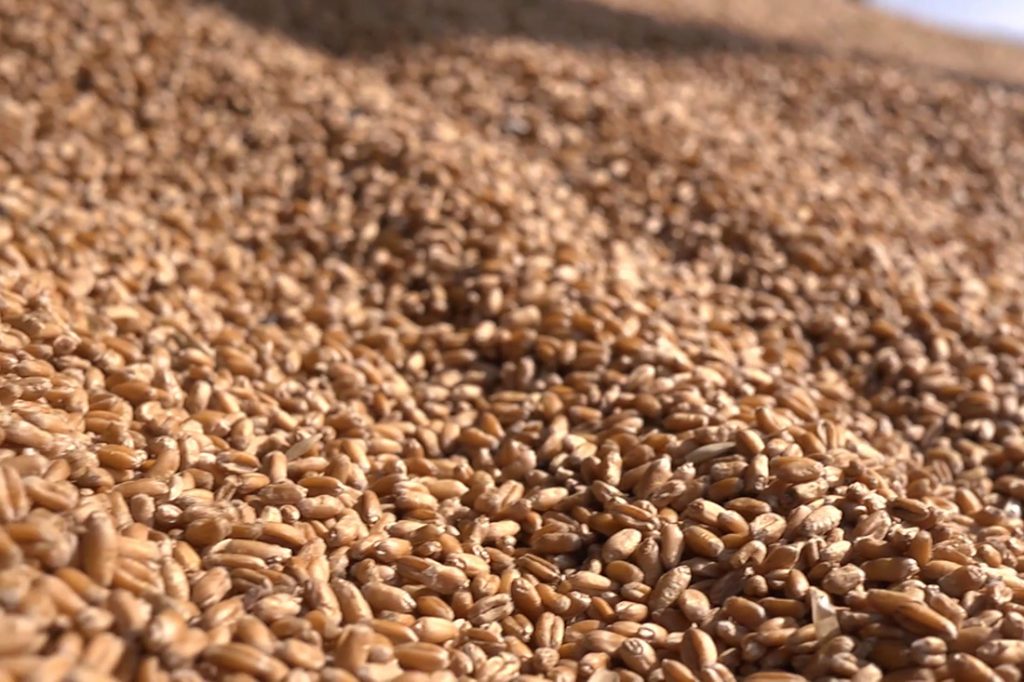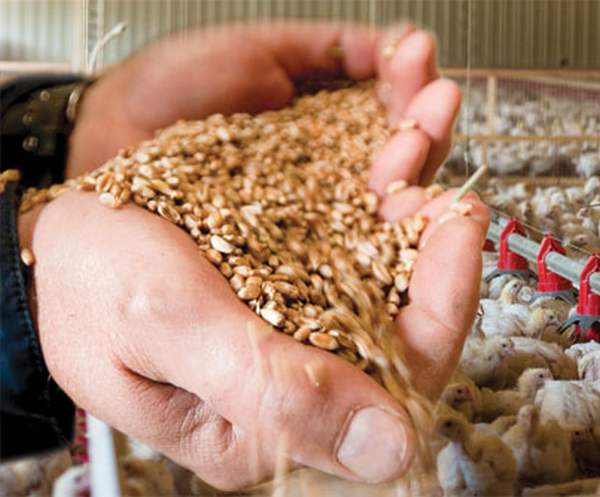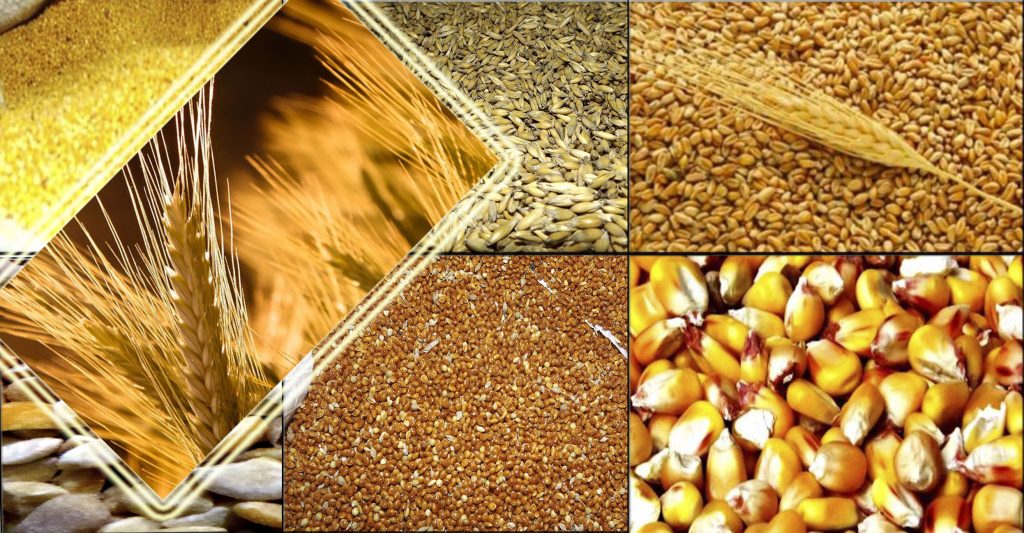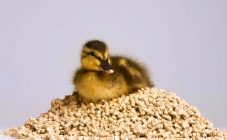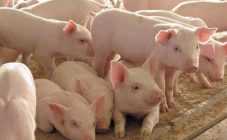Content:
- Description and main breeds of chickens
- Variety of food for chickens
- The composition of feed for laying hens at home
- Basic rules for the preparation of feed
- Wild food and methods of their preparation
- Rules for feeding chickens in a home garden
- Key rules of hygiene when feeding chickens
- The best way to feed your hens to increase productivity
- The main mistakes of improper feeding of chickens and their consequences
- Common mistakes in broiler chick feeding
When laying hens appear on the farm, the first thing their owner should think about after buying is full and proper nutrition. At the same time, it does not matter what the birds were purchased for, food for them must be prepared in advance. It should be varied and balanced. This is the key to high productivity and egg production of birds. How to feed them, what they eat and how much feed a laying hen needs per day will be discussed below.
Description and main breeds of chickens
Even the ancient Egyptians were engaged in breeding the most productive breeds of chickens. Genetic modification has since gone so far that breeders today can get a hen that meets any request, from the size of the egg that a chicken gives to the character of a domesticated bird. The color of the birds themselves is also diverse. The most common are white, gray and orange. Those who decide to start breeding hens should pay attention to the following breeds:
- Yaytsenosky Leghorn. Grown both on large farms and at home. The pullets are distinguished by high egg production, calm nature and the ability to easily tolerate temperature changes.
- Loman Brown Meat. The advantages of this species are large eggs, unpretentiousness to keeping conditions and excellent survival rate of chicks. With good feeding, a hen can produce more than 300 eggs per year.
- Shoulder strap. Birds of this breed have excellent immunity, high egg production rates and are rather unpretentious to external conditions. The meat tastes like game, for which the species is especially appreciated by farmers.
- Minorca. Chickens of this species grow quickly, and after six months, the females begin to lay eggs. They have egg-laying all year round, poultry meat is white and has excellent taste.
- B-33. A bird of this species grows up very quickly and lays rather large eggs. Chickens are unpretentious to feed, they are distinguished by a friendly character.
Variety of food for chickens
It is quite easy to prepare and organize balanced pullet feed. Chickens of most breeds are omnivorous and unpretentious in food. To a greater extent, the owners are required to do so that the chicken menu is varied. This directly affects egg production and their productivity.
So, how to feed the chickens so that they rush well at home:
- waste from vegetables and fruits (beet and carrot tops, cabbage leaves, remnants of apples, pears, plums);
- potato peels or tubers unfit for human consumption;
- waste from fish or meat (tails, heads, offal, crushed bones);
- sunflower or soybean meal, meal or husk;
- dry bread crumbs;
- milk and its derivatives (whey, cottage cheese, kefir).
The composition of feed for laying hens at home
How to feed a chicken at home? It is better to use compound feeds as the main diet, they contain a greater amount of substances useful for the body. To achieve the desired result, when preparing compound feed at home, you need to know its composition, in what dosage, how to feed it correctly, how much feed a hen needs per day.
The composition of the compound feed may vary depending on the breed of layers. In order for it to be balanced, it is imperative to introduce in the diet:
- Wheat is about 70% (an adult needs at least 220 kcal of energy daily). It is permissible to replace 1/3 of the cereal with corn.
- Barley at least 10% (grain is considered the best for any bird species).
- Fodder oats are not more than 10%, as they contain a high percentage of fiber, which requires a lot of energy from chickens when digested.
- Oilseed meal and oilcake (legumes, soybeans, sunflower) up to 8%.
- Bone meal for chickens, chalk, yolk or shells up to 5%.
Basic rules for the preparation of feed
In order to preserve vitamins and useful microelements in feed as much as possible, breeders need to adhere to the basic rules of cooking, processing and feeding chickens. If, at the same time, the recipe is followed, then the feed will be actively absorbed, and this will increase the productivity of the pullets.
How to feed chickens, and how to make a recipe correctly:
- Boil the potatoes and be sure to drain the water, since all harmful substances from the sprouts and skins will be removed along with the liquid. Knead everything thoroughly, then add bone meal to the contents.
- Root vegetables (potatoes, beets, carrots, radishes) can be used raw, but first, chop off all excess, grind and add to the mash.
- It is good to boil the waste left over from fish or meat, give it to the birds in chopped form. You can make them in advance, for this, fill the contents with serum and store at 20 ° C for 2 weeks.
- Grain needs to be crushed. In winter, it is better to use sprouted cereals, as they are rich in nutrients and vitamins. You can do this at home, soaking it for a day, then place it for 5 days in a dark room with a temperature of 20ᵒС. With the appearance of white sprouts, grain can be given to chickens.
- Peas, beans and all legumes must first be crushed, and then thoroughly steamed in water. Thanks to this, proteins useful for birds are preserved in them.
- Fruits, vegetables and vegetable waste should also be shredded. Solid ones are usually steamed, you just need to pour over the nettle with boiling water.
Wild food and methods of their preparation
You can diversify the diet of chickens with wild plants. How to feed the chickens? From herbs, alfalfa, quinoa, clover, manna, chicken millet, rank, horse sorrel are well suited. All of them are enriched with useful substances.
Meadow grasses for feeding chickens should be harvested in spring and summer. After the vegetation for the feed is cut, it must be put to dry. The best place is in the shade under a canopy, so that the sun's rays do not fall, as they destroy vitamins.
In addition to meadow grasses, needles can be added to the food of hens. From wild-growing pullets productivity will also increase seeds, foliage of trees (rowan, birch, linden, ash) and berries (viburnum, wild rose, hawthorn). In winter, when chicken especially needs vitamins, and greens are no longer available, supplements from crushed wild-growing ones will perfectly help to fill the deficiency of nutrients.
Rules for feeding chickens in a home garden
In order for hens to fly well, you need to adhere to the following recommendations from poultry farmers on how to properly feed chickens:
- feeding chickens - twice a day;
- the first time early in the morning, as soon as the pullets woke up;
- the second time in 1 hour.before the chickens start getting ready for bed (at this point they usually go to the house and take up their roost);
- Only young animals under 10 months of age need 3 or 4 meals a day.
For morning feeding of chickens, mixtures of flour, boiled potatoes, vegetables, herbs with the addition of minerals are better suited. Before going to bed, novice breeders should know how to properly feed the grain mixture and what chickens eat, since the animal's stomach takes longer to digest cereals.
Key rules of hygiene when feeding chickens
In addition to the fact that the habitat of the chickens must be clean, the owners of the farmsteads must adhere to certain hygiene rules when feeding the chickens:
- pullets can only be given fresh feed;
- dry grain should not be added to the mash (hens will choose it, and trample the rest of the food);
- the food trough must be thoroughly rinsed every time from food debris;
- it is advisable to make a feeder from a grid with large cells to give the chickens greens, and at the same time they do not trample the rest of the food;
- meat and fish waste must be heat treated. Also, the owner should carefully check if there are any sharp bones left that can harm the birds.
The best way to feed your hens to increase productivity
Proper nutrition ensures high egg production and preservation of the desired mass of chickens. Therefore, in order for hens to have high productivity, they should not be malnourished and overeat. Therefore, before feeding the chickens food, the portions must be weighed.
The bird will gain the required body weight and produce a quick clutch if it receives a sufficient amount of a variety of foods daily, including grains, herbs, vegetables, mineral supplements. To increase productivity, the daily ration of an adult bird should include different foods, it is impossible to give hens only one type of feed.
The main mistakes of improper feeding of chickens and their consequences
Novice farmers are not immune to mistakes when formulating a diet. Beginners should know not only what to feed the chickens and what they eat, but also what to give the birds as food categorically.
Among the harmful feeds for hens are:
- sprouted and green potatoes, as well as a decoction from it;
- orange peel;
- moldy bread;
- fresh baked goods;
- quicklime and freshly slaked lime.
A novice breeder should remember that in no case should pets be given spoiled and bad food. The food must be fresh. Failure to comply with the norms can lead to the occurrence of diseases in the bird and even the death of hens.
Common mistakes in broiler chick feeding
Broiler chickens, which are usually raised for meat, require special care and adherence to chicken feeding rules. Often, after the acquisition of young poultry, novice poultry farmers do not know what to feed the chickens, and give broiler chickens the same food as adults. Thus, the owners cause irreparable harm to the chicks. After all, their digestive system, like that of an infant, has not yet had time to form.
Breeders should be aware that chicks are more sensitive to food than adults. If you give stale and spoiled feed to broiler chickens, they will begin to develop all kinds of diseases. This will subsequently lead to the death of pets.
To form strong immunity in chicks, grain, herbal ingredients, vitamins should be added to their diet.
Feeding and raising chickens is a fairly simple matter if you approach it correctly. Every poultry breeder must remember that in order to obtain the desired result, it is necessary to provide not only the correct conditions for keeping, but also a balanced diet of the birds.
